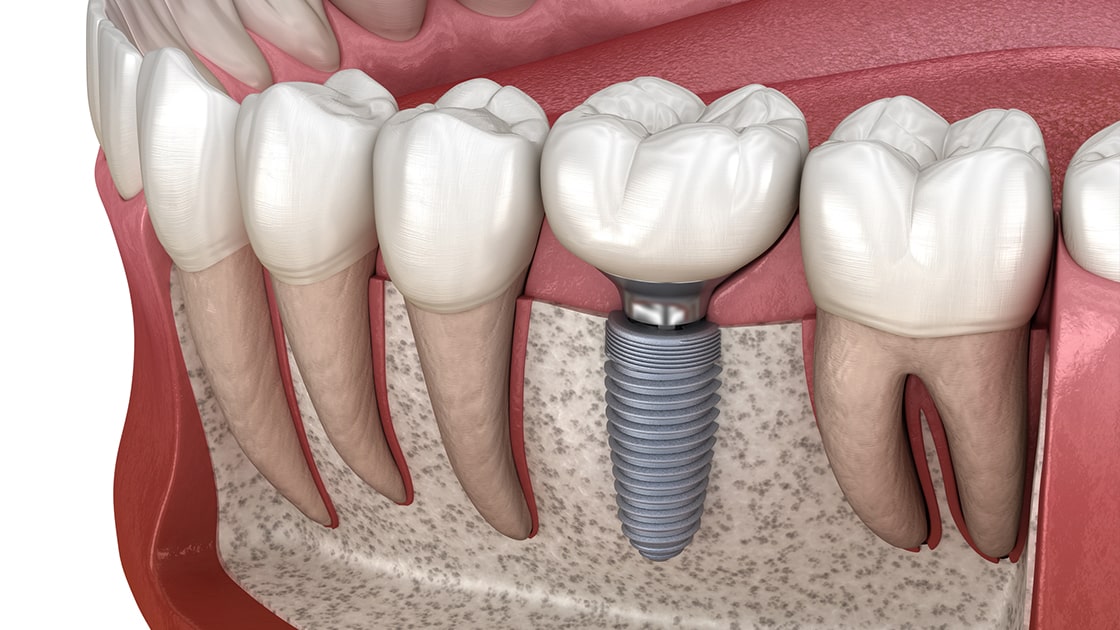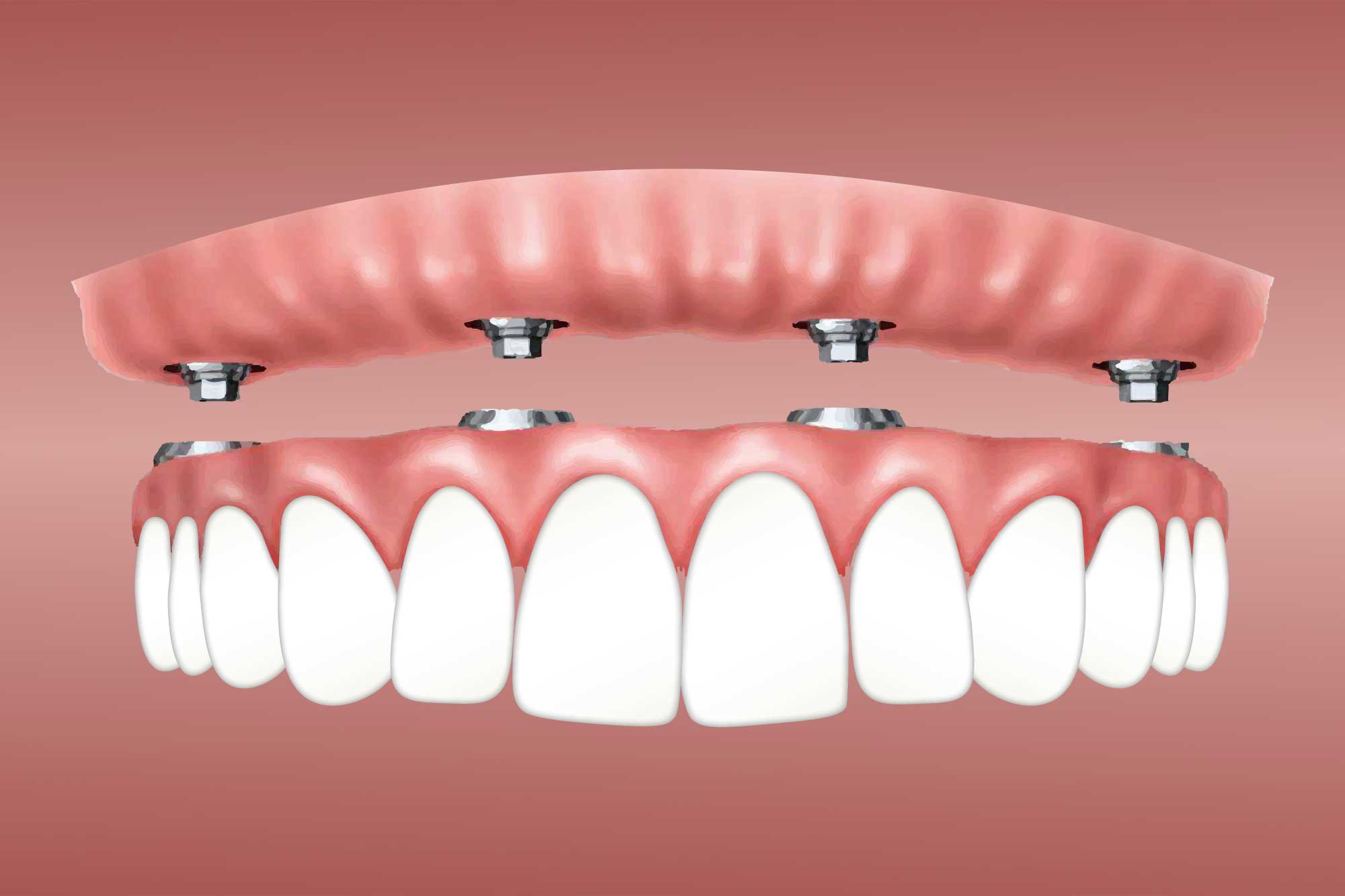Dental Implants And Dentures Walker MI - Dental Implants - Oral and Maxillofacial Surgery
Dental Implants And Dentures Walker MI - Dental Implants - Oral and Maxillofacial Surgery
Blog Article
Affordable Dental Implants Near Me Muskegon Heights MI - Dental Implants surgery
The journey toward dental implants begins with a radical assessment of the jawbone's condition. When there is inadequate bone density to help an implant, bone click here to read grafting turns into a crucial procedure to recreate a stable basis. Understanding how a lot important source bone grafting is required for dental implants greatly influences the treatment plan, timeline, and total success rate.
The quantity of bone grafting required is dependent upon a quantity of factors, including the extent of bone loss, the implant's size, and the precise location inside the mouth. In instances of serious bone loss because of periodontal illnesses, trauma, or extended tooth loss, extra intensive grafting could additionally be essential. Conversely, if the bone loss is minimal, a smaller graft may suffice.
Dental Implants Norton Shores MI - Dental Implants surgery
The analysis course of typically entails imaging studies corresponding to X-rays or 3D scans, permitting the dental professional to visualize the bone structure (Dental Implant Holland MI). These pictures help in determining the quality and amount of existing bone. If the bone is deemed insufficient, the dentist will then outline the appropriate grafting procedures
Grafting may be sourced from varied areas. Autografts, which contain harvesting bone from the affected person's own physique, are often deemed the gold standard. These provide glorious integration with the existing bone but come with the disadvantage of further surgery. Other options include allografts, which use donor bone, and synthetic materials designed to mimic natural bone. Each possibility has its personal implications on healing and success rates.
After determining the mandatory quantity of bone grafting, the dental skilled will create a tailor-made plan for the affected person. This plan might embody the timing of bone grafting in relation to the implant placement. In some cases, a graft could be carried out concurrently with the implant surgery. Alternatively, in more complicated eventualities, a separate therapeutic interval is indicated.
Healing timelines differ based on the individual's health, the extent of grafting, and the sort of graft used. Generally, the healing of a bone graft takes a number of months before an implant can be placed. During this time, bone regeneration happens, leading to a steady base for the implant.
Implants Dental Implants Walker MI - Affordable Dental Implants
Patients often marvel in regards to the risks associated with bone grafting. While issues corresponding to infection or graft failure are potential, these occasions are comparatively uncommon. Adhering to post-operative care directions and attending follow-up appointments minimize risks and promote healing.
Once the bone has adequately healed, the dentist assesses the graft's success by evaluating the bone density and stability. If every little thing looks favorable, the following steps towards putting the dental implant can commence. The success of this next step largely hinges on the standard of the bone graft and its integration with the surrounding bone.
Cost concerns play an necessary function within the decision-making process. The expense of bone grafting varies based on supplies used, the complexity of the case, and geographic location. It is crucial for patients to discuss funds upfront to avoid surprising bills later in the therapy.
Dental Tooth Implant Holland MI - Dental Implants: A 5-step plan to restoring your teeth
Also, patients should have sensible expectations relating to the timeline and outcomes. Many elements can affect how a lot bone grafting is required and its general effectiveness. A collaborative strategy involving the affected person and the dental staff not only ensures readability but also enhances the probabilities of a successful end result.

Maintaining good oral hygiene and common dental visits following the process is vital. These practices can prevent complications and ensure that each the graft and the implant remain secure over time. The ongoing relationship with a dental professional is essential, particularly within the months following the procedures.
In conclusion, understanding how a lot bone grafting is required for dental implants encompasses a multi-faceted method that considers bone quality, grafting types, healing time, and general patient health. The steadiness between attaining the specified aesthetic and useful outcomes while minimizing risks and issues is on the heart of dental implant procedures. The journey may be intensive, but a well-planned approach maximizes the possibilities for a profitable, long-lasting end in restorative dental work.
- Determining the quantity of bone grafting required for dental implants usually hinges on the initial bone density and volume of the patient's jawbone.
- Each patient's case is unique; factors corresponding to earlier extractions, periodontal disease, or trauma can influence the need for grafting.
- A 3D imaging scan is often carried out to assess the exact dimensions of the out there bone and inform the grafting strategy.
- The type of dental implant placement—immediate or delayed—may dictate the quantity of bone grafting essential for stability and integration.
- Different kinds of graft materials, such as autografts, allografts, or artificial choices, can impact how much grafting material is required.
- Assessing the patient's overall health, age, and way of life habits can have an result on the healing course of, influencing graft quantity requirements.
- The depth and placement of the implant can necessitate varying quantities of graft materials to safe optimum outcomes.
- Successful integration of the dental implant usually relies on sufficient bone density, leading to a tailor-made grafting approach for each particular person.
- Consultation with an oral surgeon will present a clearer estimate of the bone grafting wanted based mostly on comprehensive evaluations and imaging results.
- Post-grafting therapeutic time varies; thus, a careful evaluation is essential to discover out the ultimate quantity of grafting required for successful implantation.undefinedHow much bone grafting is needed for dental implants?
Denture Dental Implants Muskegon MI - What are dental Implants?
What is bone grafting and why is it needed for dental implants?undefinedBone grafting is a surgical procedure that provides bone or bone-like material to the jawbone. It is critical for dental implants when the prevailing bone is inadequate to support the implant, making certain stability and long-term success.
How do I know if I want a bone graft for dental implants?undefinedYour dentist or oral surgeon will evaluate your jawbone through x-rays or 3D imaging to determine its density and volume. If they discover that you just lack enough bone, they will advocate a bone graft earlier than continuing with the dental implant.
Dental Implant Grand Rapids MI - Guide to Dental Implants: A Popular Option for Tooth Replacement
What elements affect the amount of bone grafting needed?undefinedFactors include the size and site of the implant website, the health and density of existing bone, and individual therapeutic capacity (Dental Implant Dentures Norton Shores MI). These components help the dentist decide the appropriate quantity of graft materials needed
Are there different types of bone grafts used for dental implants?undefinedYes, there are a quantity of varieties, including autografts (from your own body), allografts (from a donor), xenografts (from animals), and artificial graft supplies. Each sort has unique advantages and may be chosen based mostly on individual affected person wants.
Affordable Dental Implants Near Me Grand Rapids MI - Implants Dentistry - Dental Implants
How long does the bone grafting procedure take?undefinedThe duration varies based mostly on the complexity of the grafting process and the extent of the realm handled. Generally, a bone grafting procedure can take anywhere from half-hour to some hours, relying on the precise circumstances.
What is the recovery time after a bone graft for implants?undefinedRecovery times can differ, but typically, initial healing would possibly take a couple of weeks, while full integration of the graft with the bone can take several months. Your dentist will provide a personalised timeline based on your situation.

Will I expertise pain after the bone grafting procedure?undefinedSome discomfort is widespread after a bone graft, nevertheless it's typically manageable with prescribed pain medication. Most patients report that pain diminishes considerably within a few days.
Dental Implants Near Me Jenison MI - Dental Implants Overview
How does bone grafting have an effect on the overall dental implant timeline?undefinedBone grafting could prolong the overall timeline for receiving dental implants, as it requires a healing interval before implants can be placed. This can add several months to the method however is crucial for a profitable implant placement.

Are there risks associated with bone grafting for dental implants?undefinedLike any surgical process, bone grafting carries some risks, such as infection, graft failure, or problems associated to anesthesia. However, when performed by an experienced skilled, these risks are typically low.
Can I truly have dental implants positioned instantly after a bone graft?undefinedIn many circumstances, dental implants cannot be positioned instantly after a bone graft because of the need for the graft to integrate into the present bone. However, some techniques, like quick loading, might enable for this underneath particular conditions. Your supplier will advise you on the finest choice based in your circumstances.
Report this page